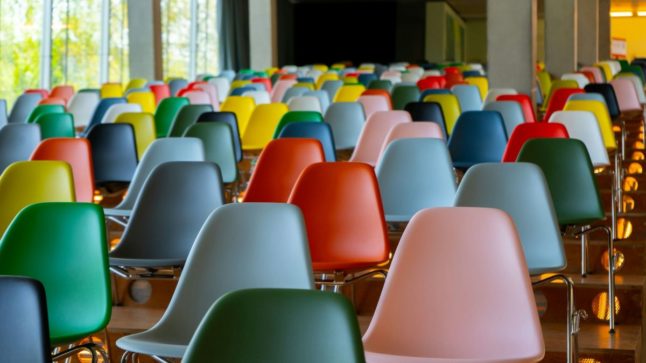Prime Minister Jonas Gahr Støre said that in order to take account of the “degraded security situation in our part of the world”, he was proposing to devote an extra 600 billion kronor ($56 million) to the army between 2024 and 2026.
It was a “historic effort”, he said,
“A stronger defence system here will act as a deterrent to those who seek to threaten our security and our allies,” Støre said when he presented the government’s defence white paper from onboard a navy frigate.
“Our starting hypothesis is that we will have to face a more dangerous, more unpredictable neighbour for many years,” he said of Russia.
Norway and Russia share a 198-kilometre (123-mile) land border in the Far North and a sea border in the Barents Sea.
Oslo, a member of the NATO military alliance, plans to order five new frigates, at least fifty submarines, up to 28 vessels of different sizes, maritime surveillance drones, helicopters and deep strike weapons, according to the white paper.
The number of brigades in the territorial army will rise from one to three.
Brigades operating anti-aircraft systems will double to eight and an earlier decision to shut the maritime patrol air base in Andoya will be reversed.
Finance Minister Trygve Slagsvold Vedum said the defence budget would rise from 91 billion kronor this year to 166 billion in 2036.
It represents three percent of Norway’s gross domestic product (GDP), up from this year’s two percent, which is NATO’s minimum threshold.
The centre-left minority government needs the support of other parties to get the bill approved.
The main opposition, the Conservative Party, has already sent out a positive signal and said the white paper constitutes “a good basis for negotiations”.



 Please whitelist us to continue reading.
Please whitelist us to continue reading.
Member comments